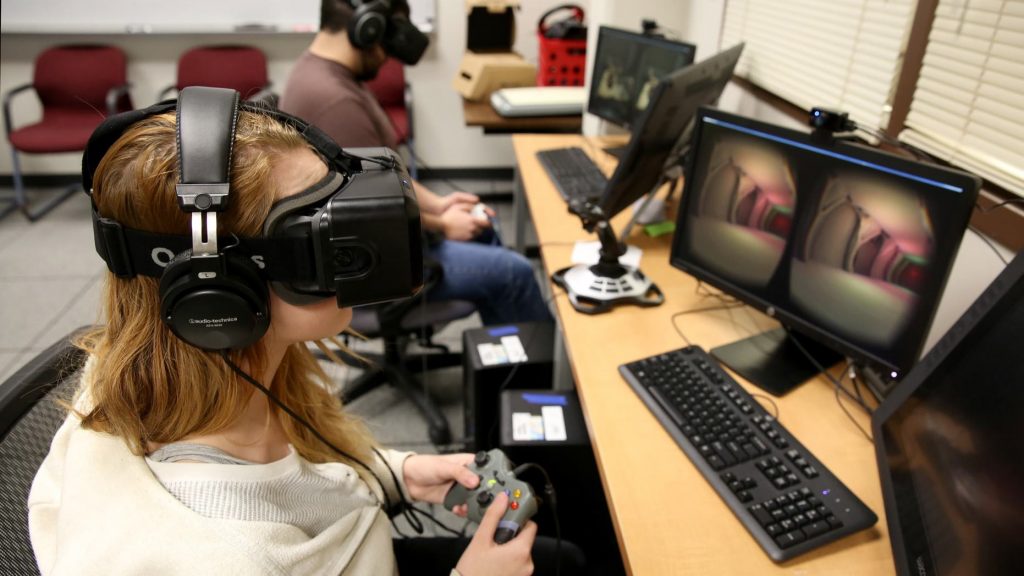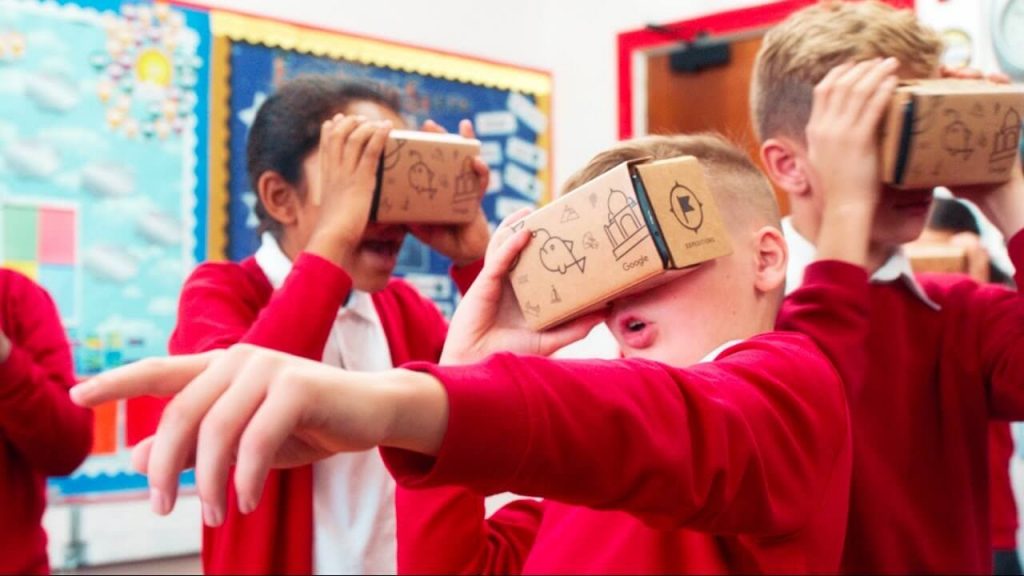
Culture training provides an engaging learning experience for managers and employees. Training enhances two key components of cultural competence: awareness and empathy. The goal is to lead to changes in knowledge, skills, and attitudes. Respect for cultural diversity, together with a good combination of VR learning could make businesses thrive, as culturally diverse workplaces generate 19% more revenue than less diverse work environments.
Soft skills like public speaking, first impressions, negotiation, and networking are rarely taught at school and might not come naturally for some. People often encounter with such skills in business environments. However, they might make a few crucial mistakes along the way. You don’t want someone to remember you by how you offended them, even if it was unintentional. VR proves to act as an efficient tool for minimizing such mistakes. By providing simulations, made for culture training, VR helps to raise awareness and empathy towards other cultures but also makes players globally competitive.
The use of VR, specifically 360° video or »cinematic VR« in training allows recording an interactive, 360° reality, immersing the end-users to a different space and time. This way, companies create culturally-based user cases. The designed environment features a safe training space for employees to observe, participate and learn about encountering different cultures in a professional environment.
One of the advantages of VR in cultural training is therefore in creating a safe environment. However, there is more to it than that, VR also:
- improves connection and communication skills,
- increases cultural competence and empathy towards other cultures,
- allows the first-hand experience,
- reduces unconscious biases, like discrimination.
Use of VR for culture training
And how can VR be used for culture training? Its most popular use is in handling difficult situations that may occur between employees of different cultures. A good example, taught to students, is NC State University’s DELTA program. It demonstrates how through VR cognitive learning, students learn how to use self-awareness and empathy skills to respond properly to a cross-cultural incident in a business meeting. It gives a unique, first-person experience of a situation they may encounter as professionals.
Other uses of VR for culture training:
1. Cross-cultural negotiations with vendors
- a healthy relationship with the company’s vendors is a vital part of the business. VR’s job is to train managers and employees on how to efficiently communicate the message across and gain appreciation.
2. Improving culture training through good first impression
- a job DELTA took care of as well. Their simulation game lets players observe a meeting and later discuss first impressions of the people in the room.
3. Conflict resolution
- VR teaches techniques of resolving not only cross-cultural conflicts among employees but between the employees of the same culture as well. Assertive techniques, taught through VR, might be later applied to real-life situations.
4. Delivering reviews and asessments
- employees do not always perform best on their tasks. With VR, managers can learn techniques on how to make an approach without raising the dust, critically assess their work, but specifically how to pass unpleasant information on.
Cross-cultural communication these days is practically unavoidable. VR developers are on a good path to educate employees about the differences and teach empathy towards interactions with others. As the trends of expatriation, working abroad and digitalization continue to grow, we’re sure VR assistance will help reach your training goal faster.




